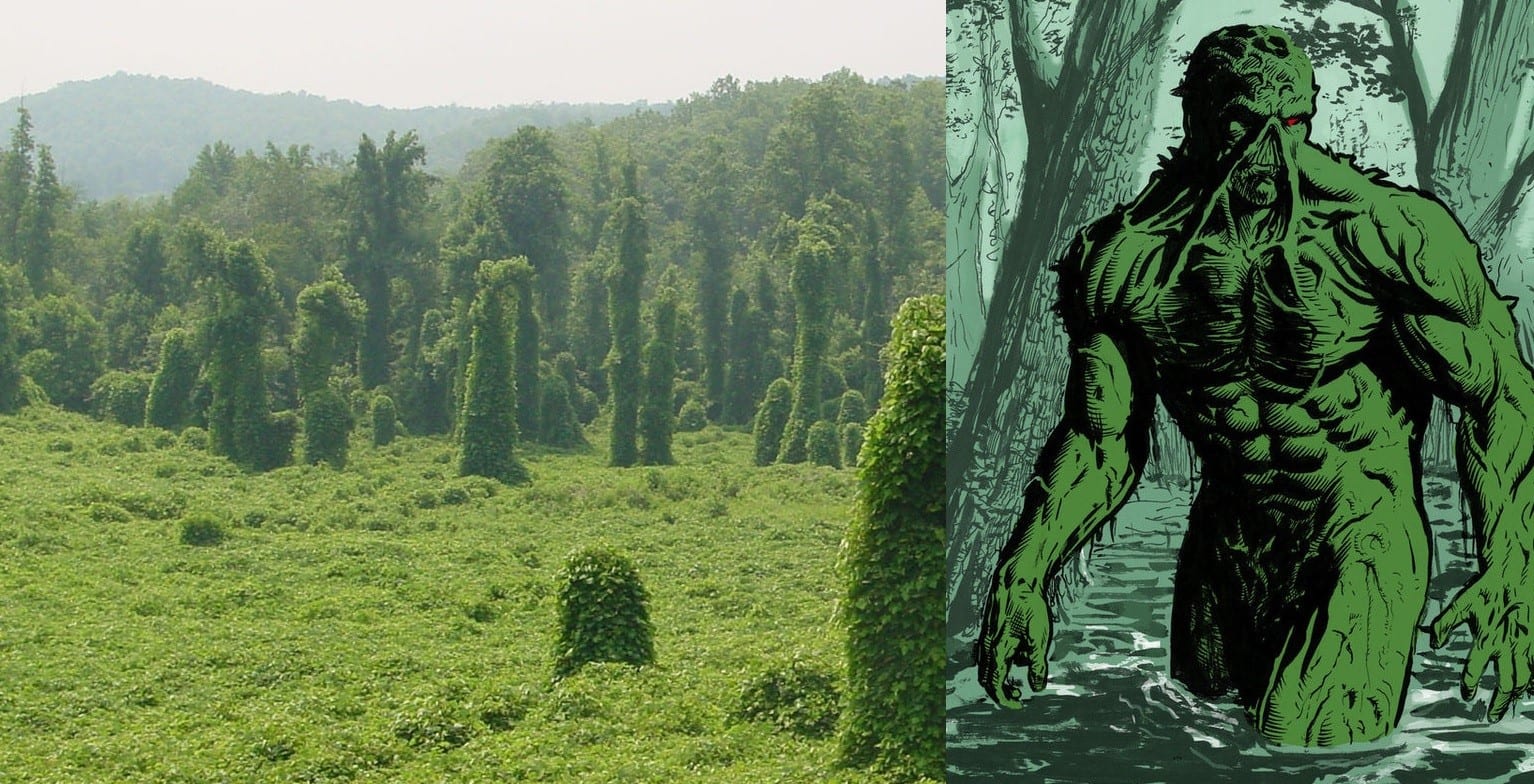Methods to the Madness: One Anthropologist's Quest for the Perfect Interview Question
One purpose of anthropology is to understand human cultural diversity, and therefore the methods to understand this diversity must delve into human experience. Cultural anthropology research design requires that researchers spend long hours in the field with participants, learning behaviors, beliefs, experiences, relationships, and myriad other aspects of human life. And the research can seem




